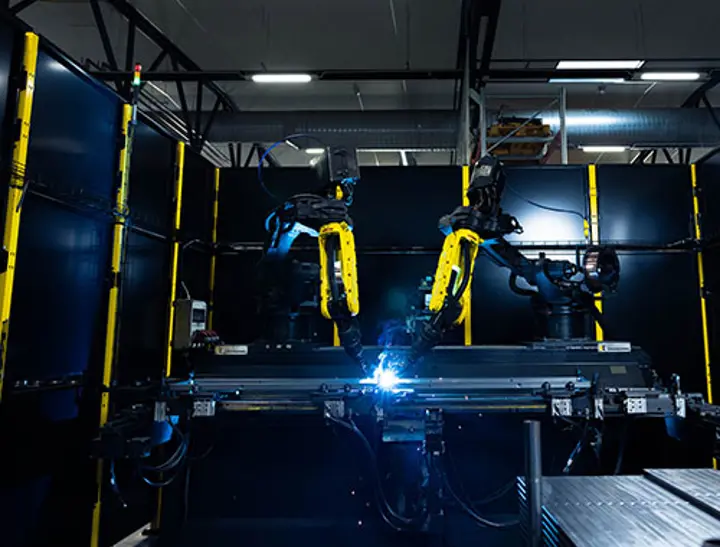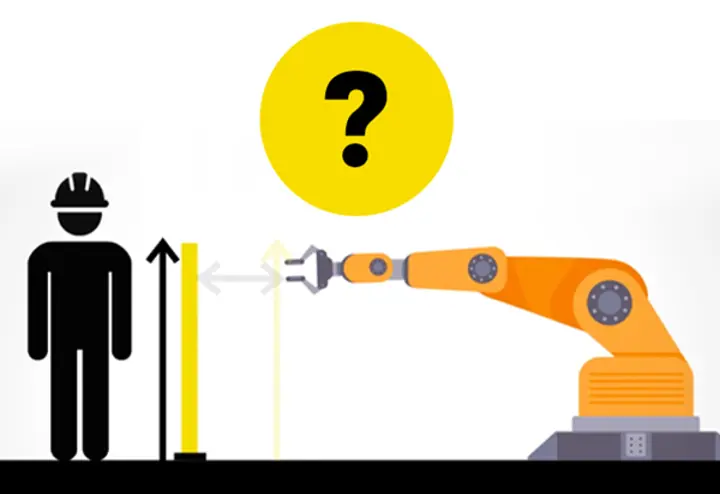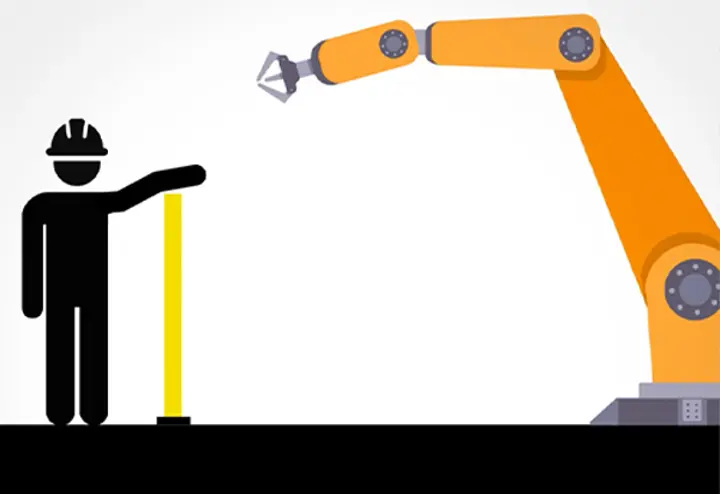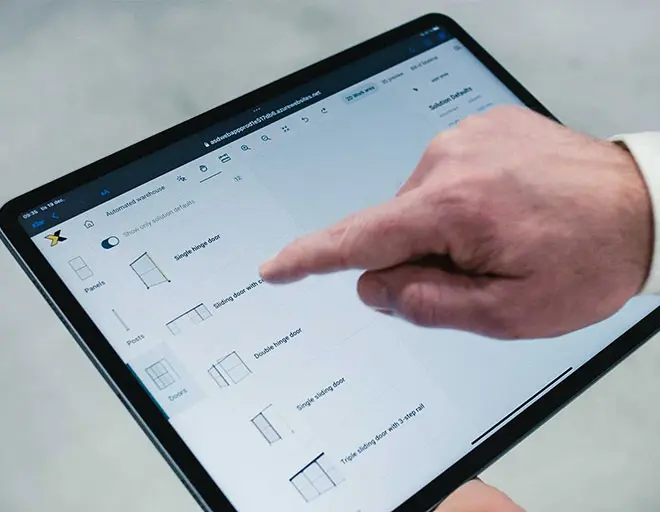-
Maskinafskærmning
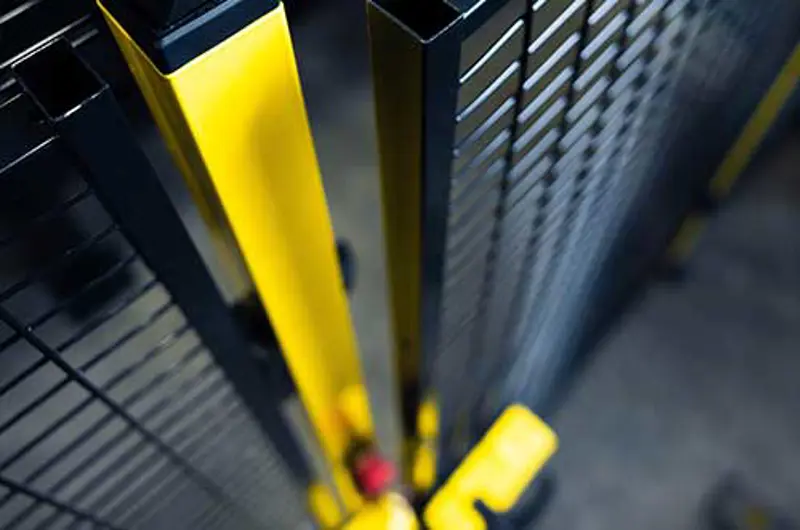
Maskinafskærmning
Axelent er en af markedets førende producenter af maskinværn. De komplette systemer, vi leverer, overholder gældende direktiver og standarder.
-
Lager
Axelent er et af markedets førende mærker af meshpaneler til industri- og lagermiljøer
Axelent er et af markedets førende mærker af meshpaneler til industri- og lagermiljøer. Vores produkter og systemer sikrer fleksible og hurtige løsninger på alle stadier fra tegningsforberedelse til slutproduktmontage.
Pallereoler
Faldbeskyttelse
Mesh hylder
-
Kollisionsbeskyttelse

Kollisionsbeskyttelse
X-Protect er Axelents sortiment af stødbeskyttelse. Vi tilbyder al den slagbeskyttelse, du har brug for, fra pullerter til sikkerhedsbarrierer, søjlebeskyttere og fodgængerbarrierer.
-
Ejendom
Totalløsninger til din ejendom og cykelstativer - fra første kontakt til færdig montering
Vi tilbyder et bredt udvalg af opbevarings- og cykelstativer. Gennem os kan du få en komplet leverandør af disse produkter.
Lagerrumssystem
Cykelstativer
-
Kabelføring
X-Tray kabelstiger - et førsteklasses kabelføringssystem
X-Tray, Axelents eget brand for trådbakker, har markedets bredeste sortiment, både hvad angår materiale og funktion. X-Tray produceres, lagerføres og sælges siden 1. september 2022 via Axelent Wire Tray.


